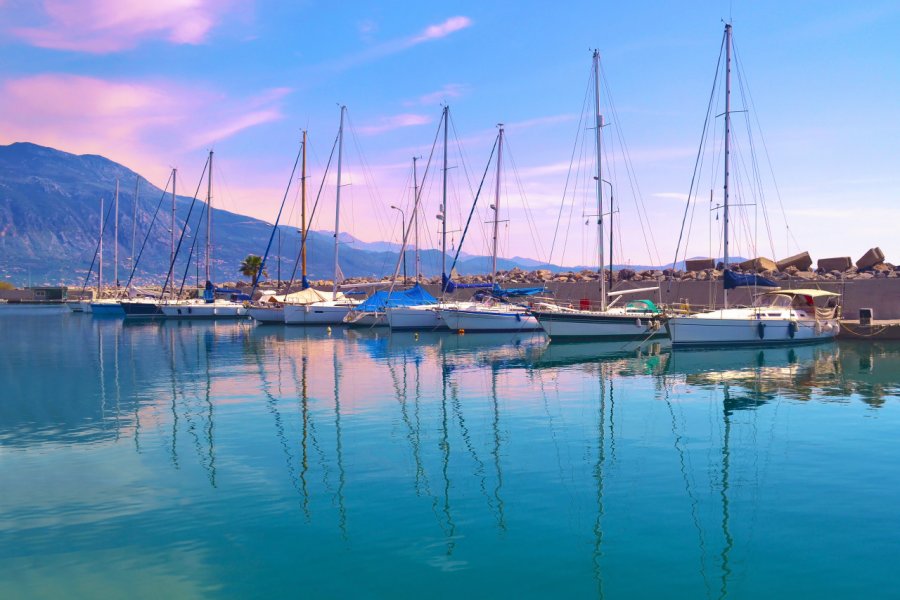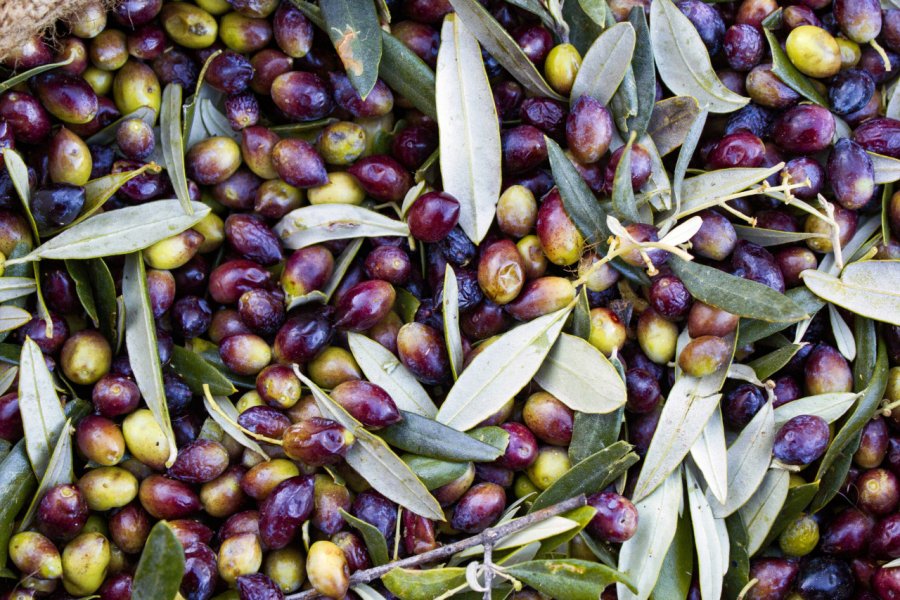Travel Guide Kalamata
Find an accommodation
Advertising
After bathing in a timeless atmosphere, immersed in unique, authentic and remote villages, you arrive in what could appear to be the ugliest town in the Peloponnese. Kalamata is the capital of Messinia, and the second largest city in the Peloponnese (42,000 inhabitants). Shaved after an earthquake in 1986, rebuilt in two years, it has no cachet. But what activity, at night, on the waterfront! The fertile land around the city is part of its wealth. Already at the tip of the peninsula, fine orange sand beaches are appearing, characteristic of the western coast of the Peloponnese. Kalamata, which has become an important commercial centre, is famous for its vines, figs, olives and wines. In addition to ouzo and raki, one of its products is the Masticha liqueur. In the convent of Saint-Constantin-et-d'Hélène, at the foot of the castle (kastro), the Byzantine tradition of silk weaving is still practiced. It is difficult to find your way around Kalamata on foot, as the waterfront (Navarinou Street) is endless. The city centre, at the very end when you leave the sea on your left, concentrates banks, post office, police and a few monuments to visit. Let's go. Kalamata can be reached by bus (www.ktelmessinias.gr), train (www.trainose.gr) and plane from Athens or even from France during the season.
What to visit Kalamata?
Weather at the moment
Advertising
Organize your trip with our partners Kalamata
Transportation
Book your plane tickets
Car Rental
Boat rental
Accommodation & stays
Find a hotel
Holiday rental
Find your campsite
Tailor-made trip
Immersion travel
Services / On site
Activities & visits
Find a doctor
Find unique Stay Offers with our Partners
Pictures and images Kalamata
Other destinations nearby Kalamata
5 km away
25 km away











